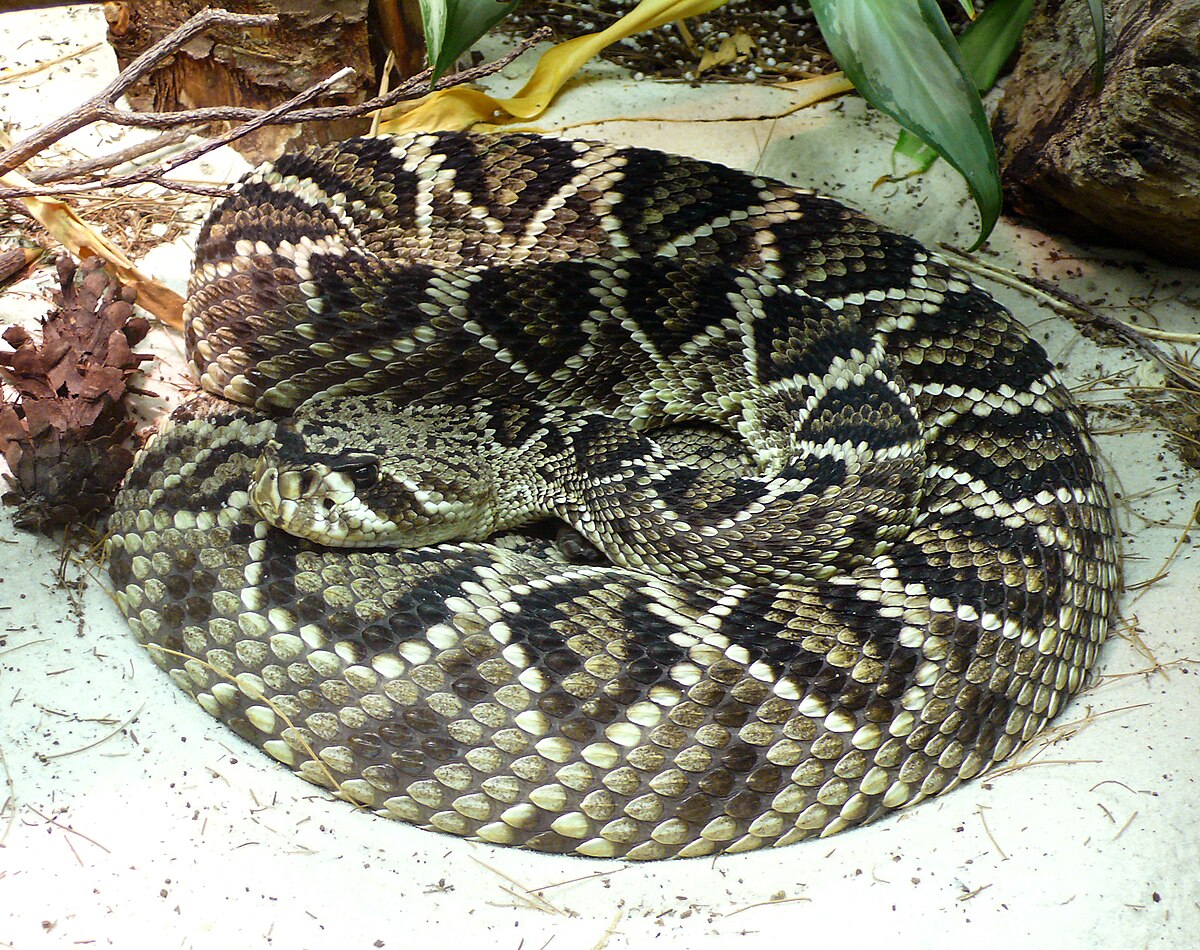marshman
Well-known member
I will be hunting mid to south central Idaho this fall for Mulies, I plan to go on a scouting trip to the areas I am looking at in about two weeks, the elevation ranges from 6,000 to 8,500 feet. Will i encounter rattlesnakes at this elevation? I have read some that this would be too high an elevation to encounter many rattlesnakes. Being from the coast I don't contend with this issue, and even on my out of state hunts in the past never give it much thought hunting in the fall. But this scouting trip in August is going to include hiking and my wife so I am trying to get an idea. Being close to a rattlesnake would freak her out for sure, I don't really want her that spooked for a week




